Treatment of Wolff-Parkinson-White Syndrom (WPW-syndrom) in Germany
Best hospitals and doctors for wolff-parkinson-white syndrom (wpw-syndrom) treatment in Germany
Leading hospitals
Cost for treatment
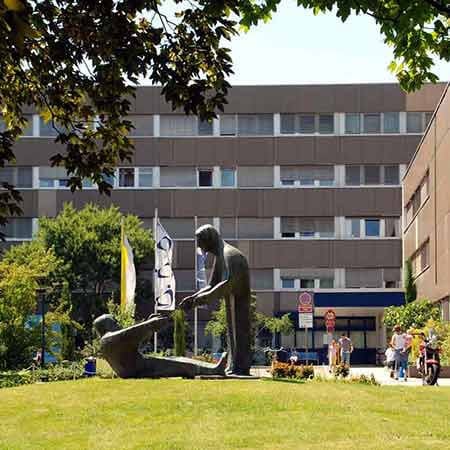
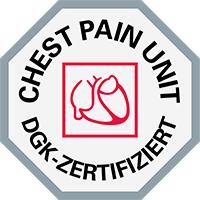
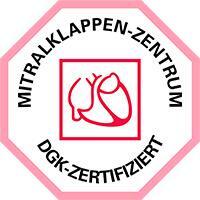
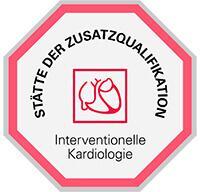

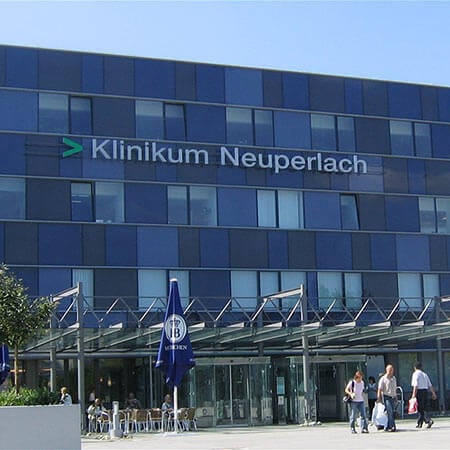








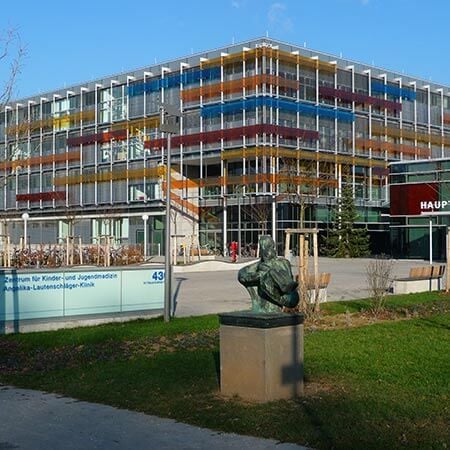




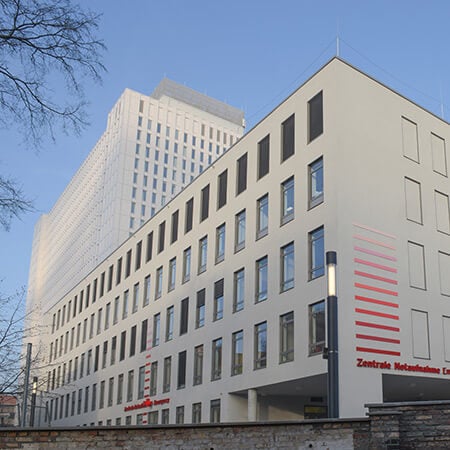





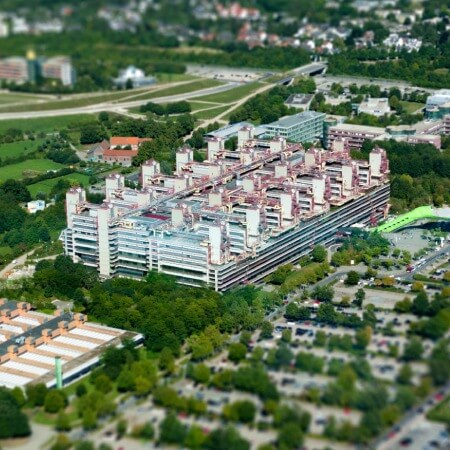





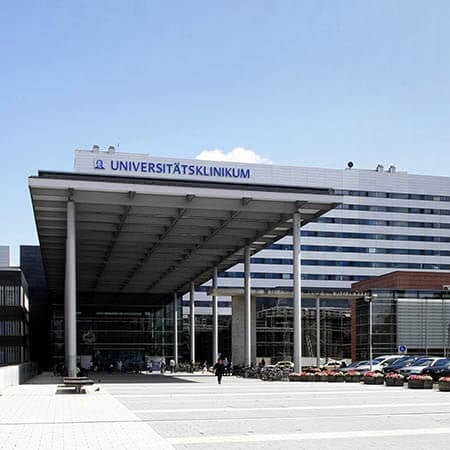








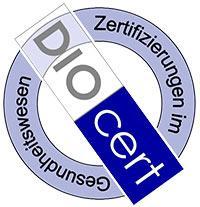
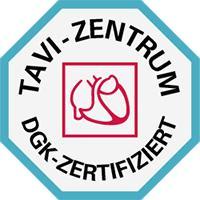




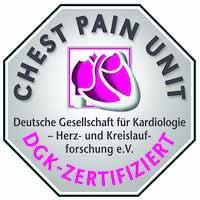
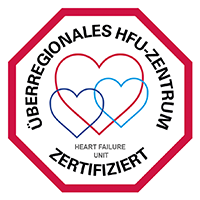
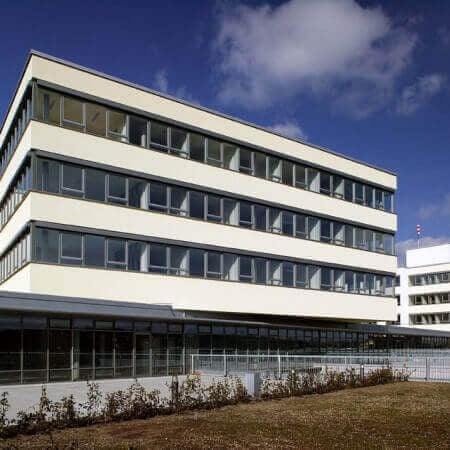





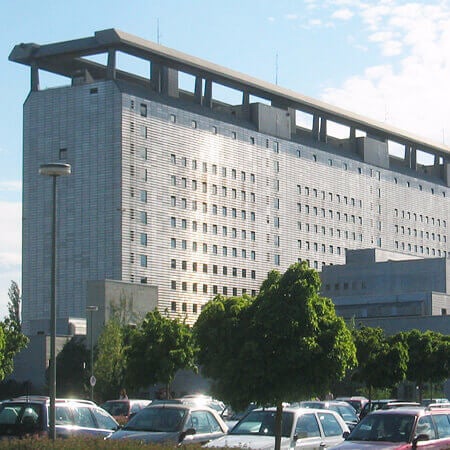





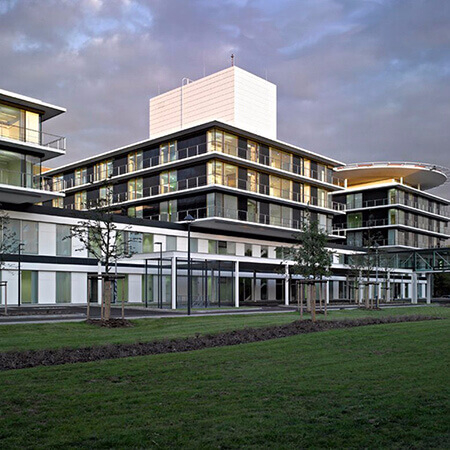








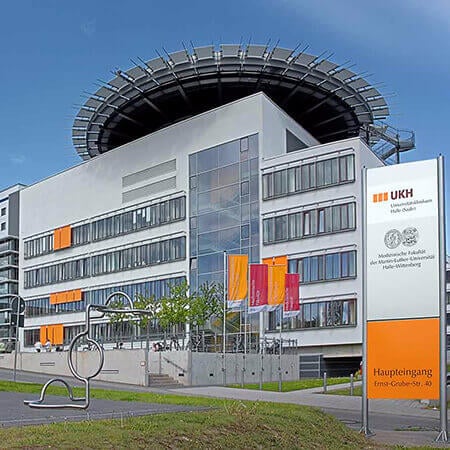



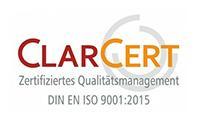

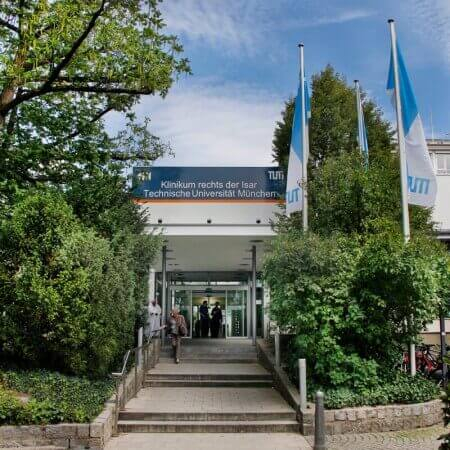





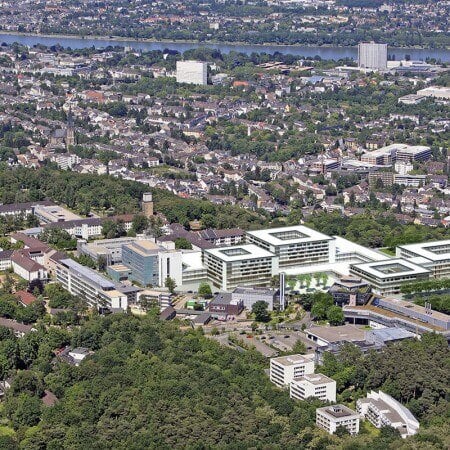




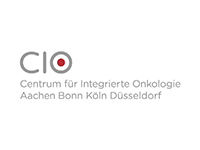
Wolff-Parkinson-White syndrome (or WPW syndrome) is the appearance of abnormal conduction pathways (in addition to the normal atrioventricular junction), causing various heart rhythm disturbances, some of which can be life-threatening. Special medications are often required to prevent heart rhythm abnormalities. It should be noted that although medications can usually provide some control over arrhythmia attacks, complete elimination of symptoms with medications alone cannot be achieved. Therefore, many doctors recommend catheter ablation as the best method of treatment.
Content
- What is WPW syndrome?
- Types of WPW syndrome
- Symptoms of Wolff-Parkinson-White Syndrome
- How is WPW diagnosed?
- How is it treated in hospitals in Germany?
- Treatment specifics
- How is radiofrequency ablation performed in hospitals in Germany?
- Rehabilitation after radiofrequency ablation in hospitals in Germany
- The prognosis for patients with WPW
- The cost of treatment in hospitals in Germany
- Why undergo treatment with Booking Health?
What is WPW syndrome?
Wolff-Parkinson-White syndrome (WPW syndrome) is the most common cause of arrhythmias associated with early ventricular excitation of the heart. The heart works rhythmically under the influence of spontaneous nerve impulses arising in it. To make it work properly, these impulses run automatically in a strict sequence of systole and diastole (contraction and relaxation of the heart muscle). Coordinated cardiac activity is set by the sinus node and the atrioventricular node.
In WPW syndrome, an abnormal excitation pathway, the extra bundle of Kent, interferes with this mechanism. It starts from the left atrium and goes to one of the ventricles, bypassing the atrioventricular conduction pathways. The bundle of Kent rapidly spreads the impulse past the atrioventricular node. This causes premature ventricular excitation. The correct sequence of contraction of the heart chambers is disturbed, resulting in tachyarrhythmias.
Types of WPW syndrome
Clinically the following forms of WPW syndrome are distinguished:
- The manifesting form is characterized by the persistent presence of delta-wave, present in less than 1% of the general population, and antegrade and retrograde conduction along the accessory conduction pathways.
- The intermittent form is detected mainly by clinical data, and it is characterized by transient signs of pre-excitation.
- The latent form shows signs of pre-excitation only when the atria (mostly left) are stimulated through the coronary sinus during an invasive electrophysiological examination or delayed conduction through the atrioventricular node as a result of carotid sinus massage.
- The asymptomatic form is characterized only by retrograde atrial pre-excitation. Therefore, paroxysms of antidromic tachycardia or atrial fibrillation do not develop. In sinus rhythm, there are no signs of WPW syndrome on an electrocardiogram.
The normal course of Wolff-Parkinson-White syndrome is divided into 3 stages:
- Stage 1: short-term (less than 30 min) attacks of orthodromic tachycardia, which are stopped reflexively.
- Stage 2: increased frequency and duration (from 30 min. to 3 h.) of attacks, relieved by one antiarrhythmic drug, sometimes in combination with vagus nerve stimulation. Treatment with medication is used to prevent tachycardia.
- Stage 3: frequent and prolonged (more than 3 hours) attacks of orthodromic tachycardia, the appearance of attacks of ventricular tachycardia, atrial or ventricular fibrillation, conductive system disorders (sinus node weakness syndrome, bundle branch blocks, atrioventricular block), tolerance to antiarrhythmic drugs.
Symptoms of Wolff-Parkinson-White Syndrome
Wolff-Parkinson-White syndrome has no characteristic physical signs, except symptoms associated with tachyarrhythmias, although it has specific characteristics that may affect the overall health condition of a patient. In patients of young age, symptoms may be minimal even if the heart rate is high. In other cases, during an attack, coldness of extremities, sweating, hypotension, signs of pulmonary stasis may occur, especially with concomitant cardiac defects, congenital or acquired.
Paroxysmal tachycardias in WPW syndrome often occur in childhood, but may also develop in adults for the first time. The arrhythmia may disappear for a while in childhood and then recur. If the tachycardia attacks do not stop at the age of 5 years or older, there is a 75% chance that they will continue in the future.
During a tachycardia attack, symptoms may range from mild chest discomfort, palpitations, dizziness to fainting or unconsciousness, severe hemodynamic disturbances, and cardiac arrest. Syncope may result from cerebral hypoperfusion due to tachyarrhythmia or from sinus node suppression during tachyarrhythmia with asystole after its cessation.
Polyuria (excessive urination) may be observed after the end of the paroxysm (atrial distension during the attack leads to the release of atrial natriuretic peptide).
Signs of ventricular pre-excitation can be detected by random ECG recording in patients without rhythm disturbances (WPW phenomenon). Asymptomatic patients rarely become symptomatic after 40 years of age. As the age increases, fibrosis is likely to develop in the bundle junction area, so that it loses the ability to conduct impulses from atria to ventricles.
How is WPW diagnosed?
The doctor analyzes the patient's medical history, finds out when the patient began to experience palpitations, whether symptoms such as dizziness, loss of consciousness, weakness, or choking sensations occur during an attack, and also asks the patient what may be associated with the occurrence of these manifestations. The specialist will also find out if the patient's relatives have any cardiovascular diseases.
In addition, the doctor performs a physical examination, during which he determines the appearance of hair, skin, nails, skin color, the presence of murmurs in the heart and rales in the lungs, as well as the frequency of respiratory movements.
Depending on the type of the syndrome, the diagnosis is carried out differently. Concrete Wolff-Parkinson-White syndrome is diagnosed by ECG, and the presence of latent syndrome is checked by electrophysiological diagnostics because ECG in this case does not show signs of the pathology.
For the medical diagnosis of cardiac diseases and anomalies, doctors at the hospitals in Germany carry out the following diagnostic tests:
- Ultrasound scanning of the heart.
- Echocardiography.
- Extravascular echocardiography.
- Speckle-tracking echocardiography.
- Stress echocardiography with dobutamine.
- Treadmill test.
- Bicycle ergometry.
- Preoperative monitoring.
- Coronary angiography.
- Heart check-up.
- Holter ECG and arterial blood pressure monitoring.
How is it treated in hospitals in Germany?
If paroxysms of arrhythmia are absent, Wolff-Parkinson-White syndrome does not require any special treatment. In severe attacks accompanied by hypotension, symptoms of heart failure, angina, syncope, there is a question of conservative or surgical treatment.
Conservative methods are aimed at preventing attacks of palpitations (tachycardia). The patient with WPW syndrome can be prescribed:
- Prophylactic antiarrhythmic drugs.
- Beta-adrenoblockers to prevent norepinephrine and adrenaline receptor stimulation.
- Slow calcium channel blockers affect vascular and cardiac cells, reduce heart rate, and reduce vascular tone.
- Cardiac glycosides increase heart contractions.
- Intravenous injection of antiarrhythmic drugs to stop tachycardia attacks.
In some cases, paroxysms of arrhythmias can be stopped via carotid sinus massage or intravenous injection of ATP.
If conservative therapy does not improve the condition of the patient and the symptoms of tachycardia do not disappear, surgical treatment of WPW syndrome is performed. Its indications also include contraindications to long-term drug therapy, frequent attacks of atrial fibrillation, and the presence of tachyarrhythmia attacks, complicated by hemodynamic disorders.
The most commonly performed procedure is called radiofrequency catheter ablation. It is performed under local anesthesia. During the ablation, a special thin tube is passed through the femoral vessels to the heart. A pulse is sent through it, which destroys the bundle of Kent. The efficiency of radiofrequency ablation is statistically 95%. In 2% of cases, the disease may recur, because tissues that have undergone ablation self-regenerate. Then a second operation is required.
Treatment specifics
It should be remembered that some antiarrhythmic drugs may increase the refractory period of AB-connection and improve impulse conduction through additional conductive pathways (slow calcium channel blockers, β-adrenoblockers, cardiac glycosides), and therefore their use is contraindicated for some patients with WPW syndrome. If paroxysmal supraventricular tachycardia occurs in Wolff-Parkinson-White syndrome, adenosine phosphate is used intravenously by injection. If atrial fibrillation occurs due to WPW syndrome, electrical defibrillation should be performed urgently. Subsequently, the destruction of additional conduction pathways is recommended.
The indications for surgical treatment of Wolff-Parkinson-White syndrome are the presence of frequent attacks of atrial fibrillation, tachyarrhythmia attacks with hemodynamic disorders, the persistence of tachyarrhythmia attacks with antiarrhythmic therapy, situations in which long-term drug therapy is undesirable (young age, planned pregnancy).
Intracardiac radiofrequency ablation is the most effective (in 98% of cases) radical way of treating WPW syndrome. Radiofrequency ablation is the most effective and radical method of surgical treatment of heart rhythm disturbances, allowing 80-90% of cases to eliminate the return of life-threatening tachyarrhythmias in the future. Radiofrequency ablation does not require open-heart surgery; the problematic areas of the cardiac conductive structures are exposed through a catheter. This method belongs to minimally invasive surgical interventions and has several varieties, each of which differs in the way the catheter works. Radiofrequency ablation is performed using a thin, flexible guide that is introduced through a blood vessel and brought to the source of abnormal rhythm in the heart cavity. A radiofrequency pulse is then sent through this guide, which destroys the part of the heart muscle tissue responsible for the abnormal rhythm.
How is radiofrequency ablation performed in hospitals in Germany?
The operation is done under a combined anesthetics: medications are injected intravenously and the area where the probe is inserted is swabbed with local anesthetics. The femoral artery is most often accessed, but a subclavian vein can also be an option. A guide is inserted into the vein, and a thin probe with electrodes is passed through it. All manipulations are performed under careful X-ray guidance. The use of modern technologies of electroanatomic mapping allows surgeons to create a volumetric map of the myocardium, which significantly reduces X-ray time, excluding radiation complications.
After the probe is placed in the right part of the myocardium, an endovascular electrophysiologic study is performed to establish the exact site of pathological activity. This process is rather long and laborious. The search for an ectopic center of arrhythmic pulsation can last up to five hours. After the sought object is found, the surgeon cauterizes it.
A repeat endovascular electrophysiological study is performed to assess the effectiveness of the ablation performed. If the surgeon is satisfied with the result, the catheter is removed. The puncture site is fixed with an aseptic pressure dressing.
Rehabilitation after radiofrequency ablation in hospitals in Germany
During the first 12 hours after surgery, the patient will remain in the hospital setting. The patient should lie on his back, legs must not be bent at the knees. Depending on the condition, the attending physician corrects the regimen of motor activity.
Dietary and water regimens during rehabilitation are important. The main principle is an individual approach to each patient, taking into account his features, age, and the presence of other chronic diseases.
After discharge from the hospital, patients should follow all the instructions given by the attending physician for further actions. These may include:
- Adherence to a rational diet.
- Giving up harmful habits.
- Adequate physical activity.
If the recommendations are not followed, the condition may not only return to its previous unsatisfactory level but also worsen.
The prognosis for patients with WPW
The asymptomatic disease has a favorable prognosis. It does not require treatment, contraindications to work and sports in this form of Wolff-Parkinson-White syndrome are not voiced by doctors. However, it is necessary to stick to the moderate rate of activity. Overstrain should not be allowed.
With a pronounced symptomatic picture, sudden death from arrhythmia is rare. Less than 1% of such cases are recorded. The risk increases due to taking some antiarrhythmic drugs.
There are no special preventative measures for the pathology because the disease is congenital. People who have been diagnosed with WPW syndrome on ECG or by other methods have to avoid smoking and drinking, as well as physical and emotional overload. They should visit the doctor regularly and take antiarrhythmic drugs to prevent seizures. Self-treatment of this disease is prohibited.
The cost of treatment in hospitals in Germany
The cost of treatment in Germany is made up of many components, including the price for diagnosis, treatment procedures and manipulations, surgery, hospital stays, rehabilitation, and more. The more complex the disease is, the more difficult it is to predict the final cost of treatment in Germany. How many diagnostic procedures will the patient need, how long will the patient spend in the ICU after heart surgery, how will the postoperative period go, and will there be complications – all influence the ultimate cost of treatment in Germany.
The average prices for treatment in hospitals in Germany are as follows:
- The prices for WPW syndrome diagnosis start at 508 EUR.
- The cost for treatment with catheter ablation for WPW syndrome starts at 6,983 EUR.
- The cost of treatment with electroconvulsive therapy starts at 1,982 EUR.
- The cost of treatment with open cardiac ablation under 3-D mapping starts at 5,268 EUR.
If you want to learn more about the prices for treatment in Germany, visit the Booking Health website.
Why undergo treatment with Booking Health?
Booking Health has many years of experience in organizing treatment abroad. We will help you choose from hundreds of hospitals in Germany, based on the specifics of the syndrome.
Booking Health takes care of all problems that may arise during your stay abroad. Above all, we help you to choose the most suitable clinic and specialist, as well as schedule consultations and examinations at a convenient time for you.
To get more information on how the treatment in Germany is organized, fill in the request form on the Booking Health website.
Authors: Dr. Nadezhda Ivanisova, Dr. Farrukh Ahmed

